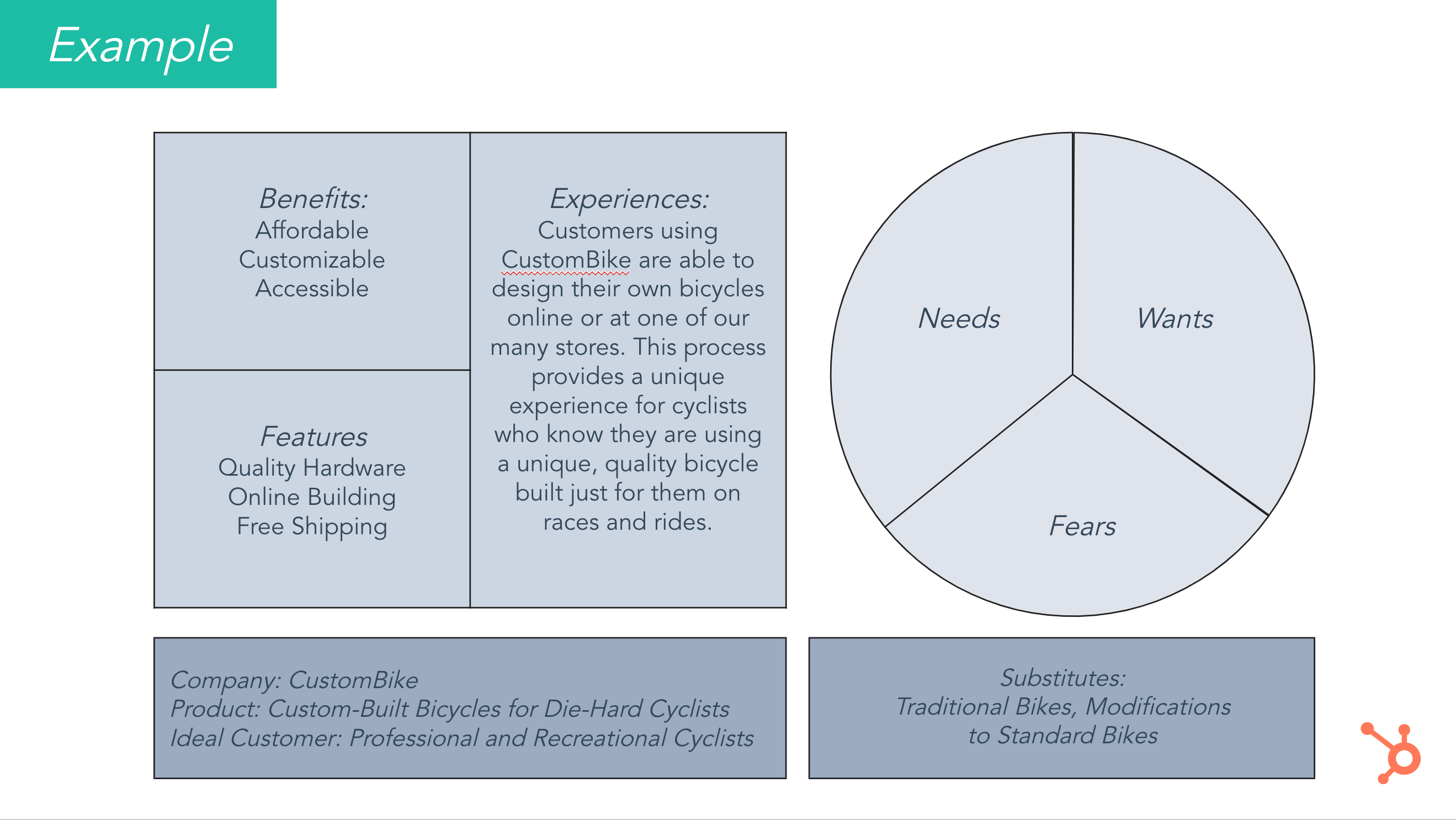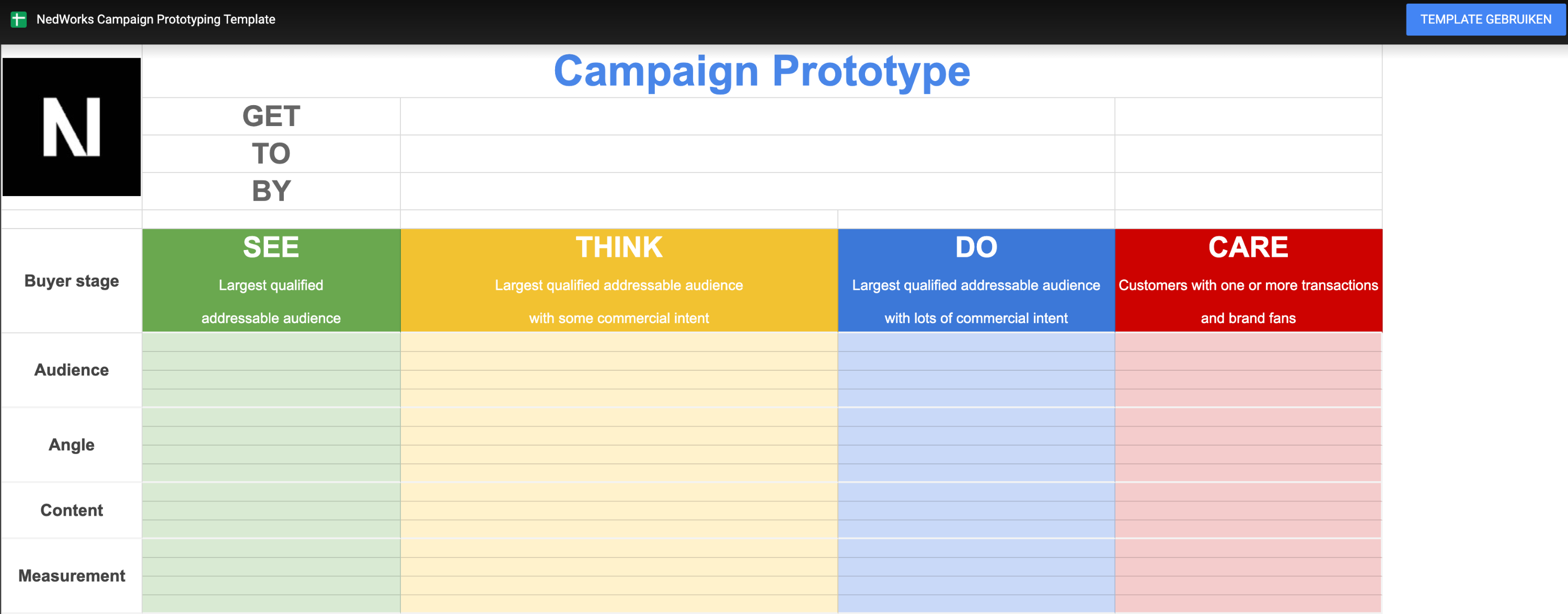How To Write a Tempting Value Proposition
A tempting value proposition is essential to attracting customers and gaining new business. It outlines the benefits of your product or service and the added value it offers to your clients. Your value proposition should be engaging, inspiring, and attention-grabbing. In this article, you’ll find tips and tricks on how to write an effective value proposition that will help you to convert leads into customers.

What Is a Value Proposition?
A value proposition is a marketing statement that clearly outlines the benefits that your product or service offers compared to your competitors. Steve Blank, who runs the Lean Startup Circle, came up with an excellent formula after a brainstorming session:
“We help (X) do (Y) by doing (Z)”
It is that simple. You mention your target audience, the main benefit(s) for your customer, and how you make it work for them.
The importance of a value proposition
A well-written value proposition will help you to convert leads into customers by showcasing the benefits of your product or service. As well as being engaging, it should reflect your brand values. A value proposition should also be easy to remember and accessible to anyone who reads it. It must be tailored to the reader and their pain points, and relevant to their lives.
A value proposition that successfully captures the reader’s attention and compels them to take action will result in a much higher conversion rate. A well-written value proposition is essential to attracting new customers and inspiring repeat custom. It’ll help you stand out from your competitors and entice readers to take action.

When Do You Use a Value Proposition?
Your company's value proposition should be reflected in every customer touchpoint, from the very first introduction to the final product delivery. It should also be communicated internally to every person in the team and each company involved in creating and delivering value for your customer.
Examples of successful value propositions
- Apple iPhone, offering a unique experience:
Why there is nothing like an iPhone. Every iPhone we’ve made – and we mean every single one – was built on the same belief. That a phone should be more than a collection of features. That, above all, a phone should be simple, beautiful, and magical to use.
- Upwork, focusing on simplifying work for freelancers and clients:
How work should work. Forget the old rules. You can have the best people. Right now. Right here.
- Slack, focusing on credibility and productivity:
A messaging app for teams who put robots on Mars!! NASA’s Jet Propulsion Laboratory is one of tens of thousands of teams around the world using Slack to make their working lives simpler, more pleasant, and more productive.
- Uber, offering convenience:
Tap the app, get a ride. Uber is the smartest way to get around. One tap and a car comes directly to you. Your driver knows exactly where to go. And payment is completely cashless.
How To Create a Tempting Value Proposition
The most effective value propositions are those that focus on the customer’s needs and pain points. Companies that do this are called ‘customer-centric’ businesses and are known to be more profitable. You can create a customer-centric value proposition by focusing on what your customers want and how your product or service can solve their pain points.
Even though the formula of Steve Blank sounds pretty simple, you have to make sure to get the input right for your value proposition to be successful.
Following the next five steps will help you get the right input for building your value proposition:
1. Identify your target audience
To create a relevant value proposition, you first need to understand your target audience. There are three broad categories of potential customers:
- Customers who use your product or service today
- Customers who might use your product or service in the future
- Customers who are currently using your competitors’ products or services
It goes without saying that you need to understand the needs of all three categories in order to build a value proposition that will be relevant to them. Open a dialogue with customers from each category to begin to understand their needs.
A few questions to think about: why do your current customers use your product or service? How does it make their lives easier? Why are people using your competitors’ products or services? What needs to change for them to start using yours?
2. Craft a unique and attention-grabbing message
Avoid clichéd or worn-out phrases when building your value proposition. Instead, keep the needs of your target audience in mind, and come up with something unique and memorable that will immediately grab the reader’s attention.
You can do this by focusing on a specific benefit that is relevant to your readers. Think of their current pain points and ask yourself how your product or service will improve their lives. For example, if you offer online web services, think of how using your product could save them time and money and allow them to focus on their core business. Use facts and figures to convince them.
3. Use persuasive language
Your value proposition is a way to persuade potential customers to buy your product. Persuasive language is what separates good marketing copy from bad marketing copy. So make sure to use language that is appealing to your reader and will compel them to take action.
One way to do this is to use storytelling techniques. Research shows that stories stick with people. Stories spark emotions, which is exactly what you want in your audience. Stories can take us on a journey and make us feel like we are or will be part of something bigger. Think of great brands like Nike or Coca-Cola.
4. Write an effective value proposition
As soon as you are ready to create your value proposition, keep the following factors in mind:
- How to grab the reader’s attention: the tone of voice and language should be engaging, inspiring and attention-grabbing.
- What to include in your value proposition: include the main benefits of your product or service, as well as a unique selling proposition that builds on those benefits.
- How to structure your value proposition: a well-written value proposition should be only a few sentences long.
- How to build your value proposition: a value proposition is only as effective as the leads you generate off of it. It’s important to always test your value proposition and see how many leads it turns into customers.
- How to optimize your value proposition: test and optimize your value proposition to make sure that you are attracting the right type of reader and retaining your current customers.
5. Test and optimize your value proposition
You can test and optimize your value proposition to see which words and phrases work best and which ones don’t generate interest. You can do this by creating different value propositions and seeing which generate more leads.
Furthermore, you can also use customer-retention tools to help you see which pages on your website are driving the most sign-ups. You can use click funnels and exit funnels to see which pages are generating the most interest and which ones aren’t receiving any action.
Templates
On the HubSpot website, you’ll find examples and 15 free value proposition templates. Additionally our team created this handy template to schedule your online marketing funnel. At the heart, a GET TO BY statement, based on Steve Blank's formula.

Looking for T-shaped Marketing Talent or Training?
We’re here to help! Nedworks is a Digital Talent Agency and we’re happy to share this blog with you. Our mission is to connect companies with digital professionals by creating people-centric solutions and building a community that inspires.
Contact us at hello@nedworks.be if you’re looking for T-shaped marketing talent or training.
You might also be interested in our digital marketing plan template!

